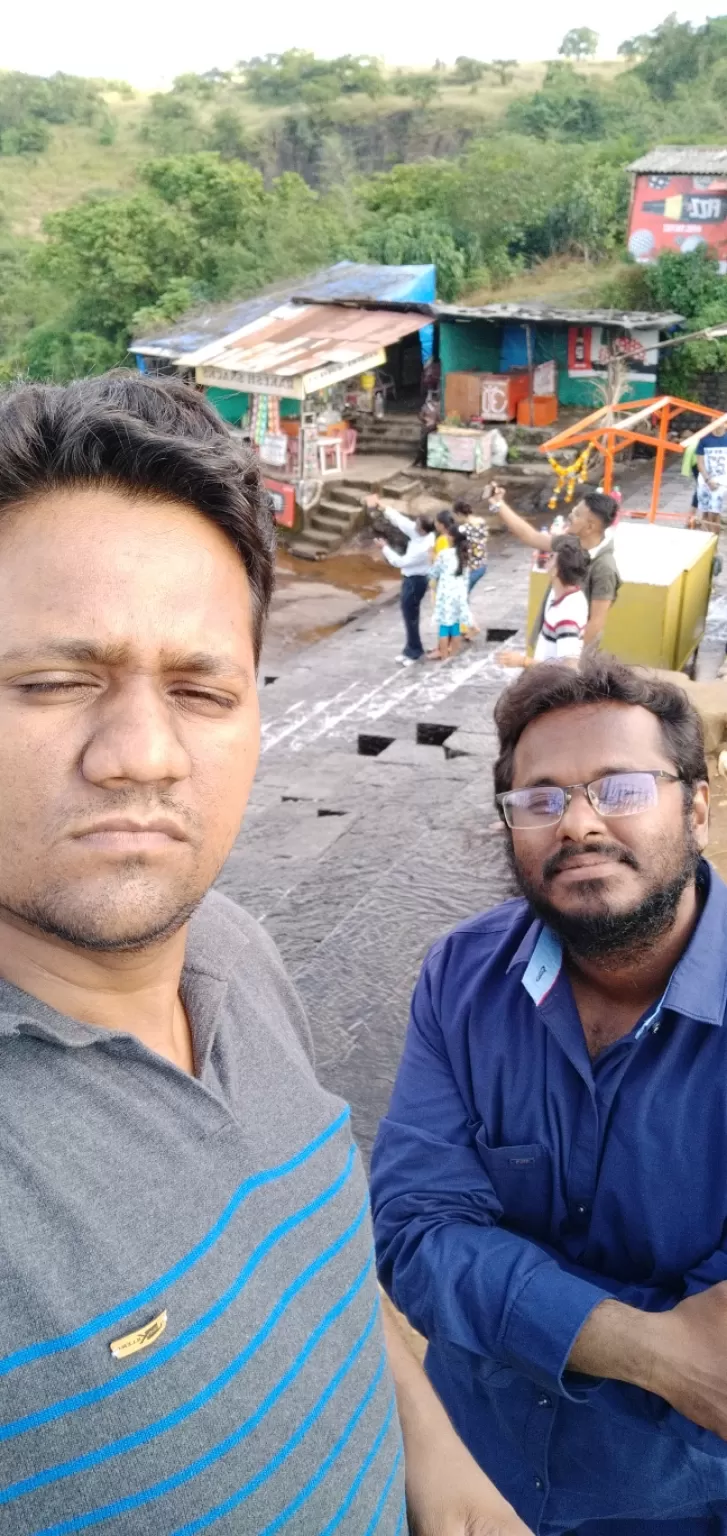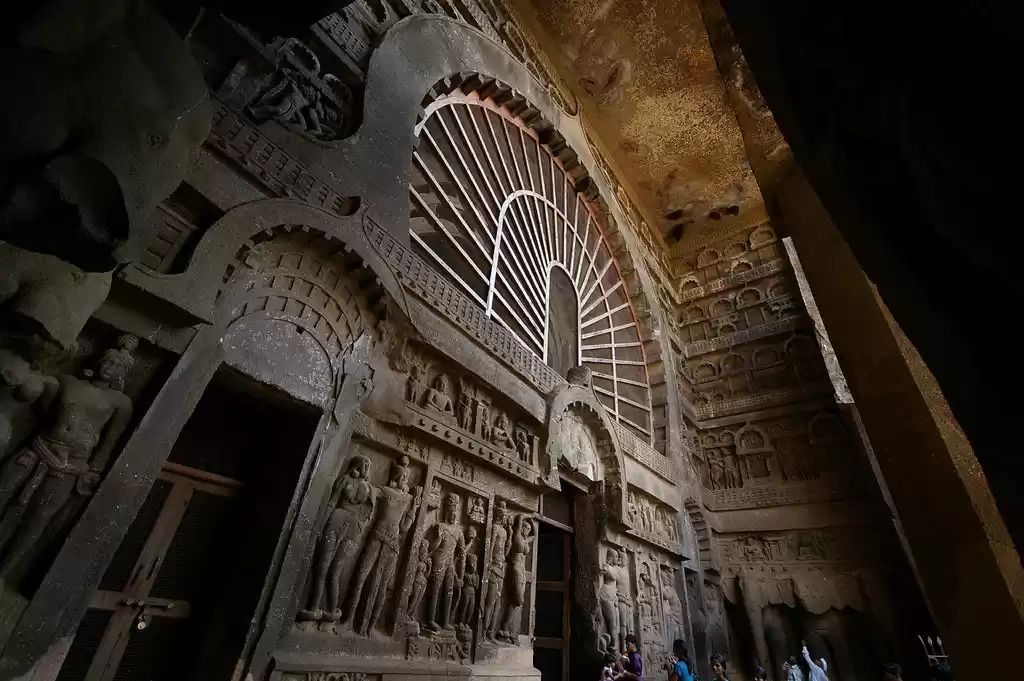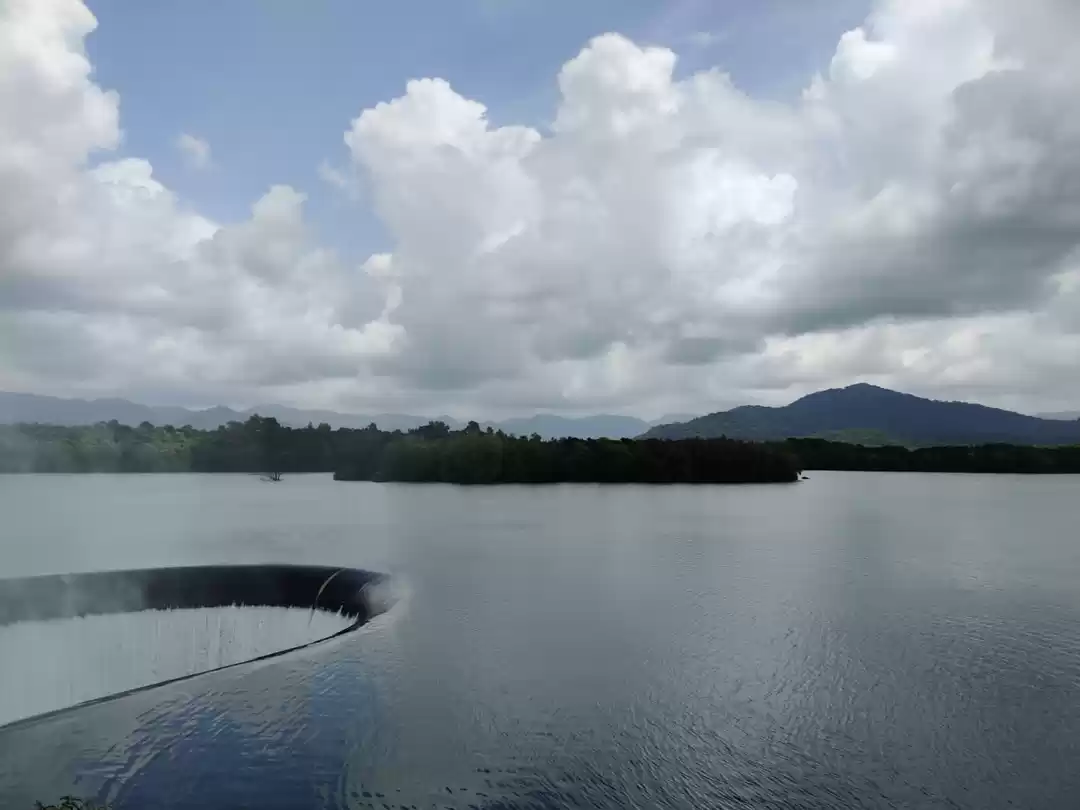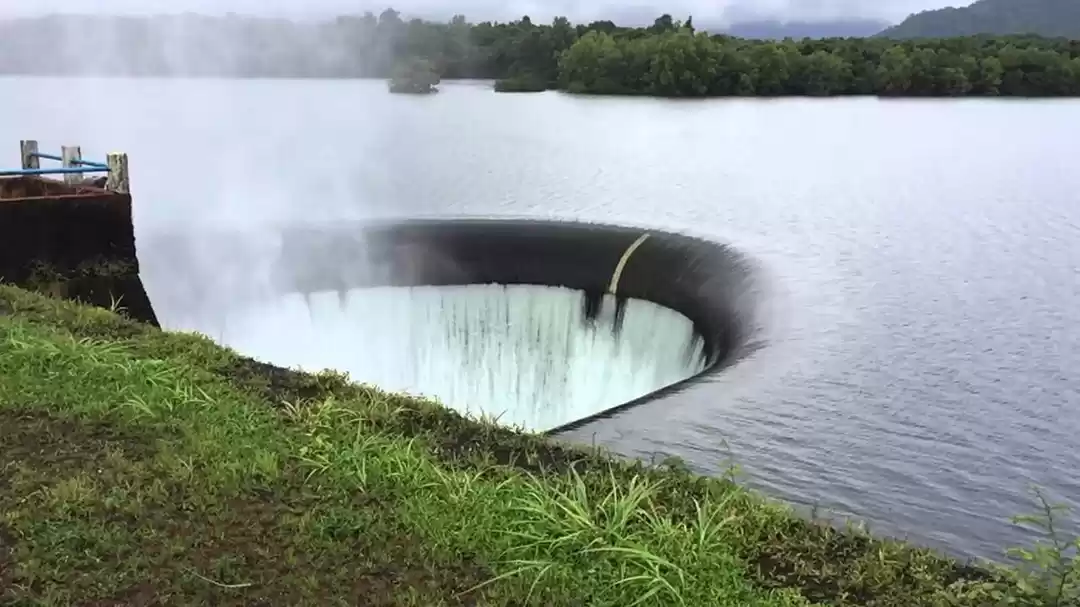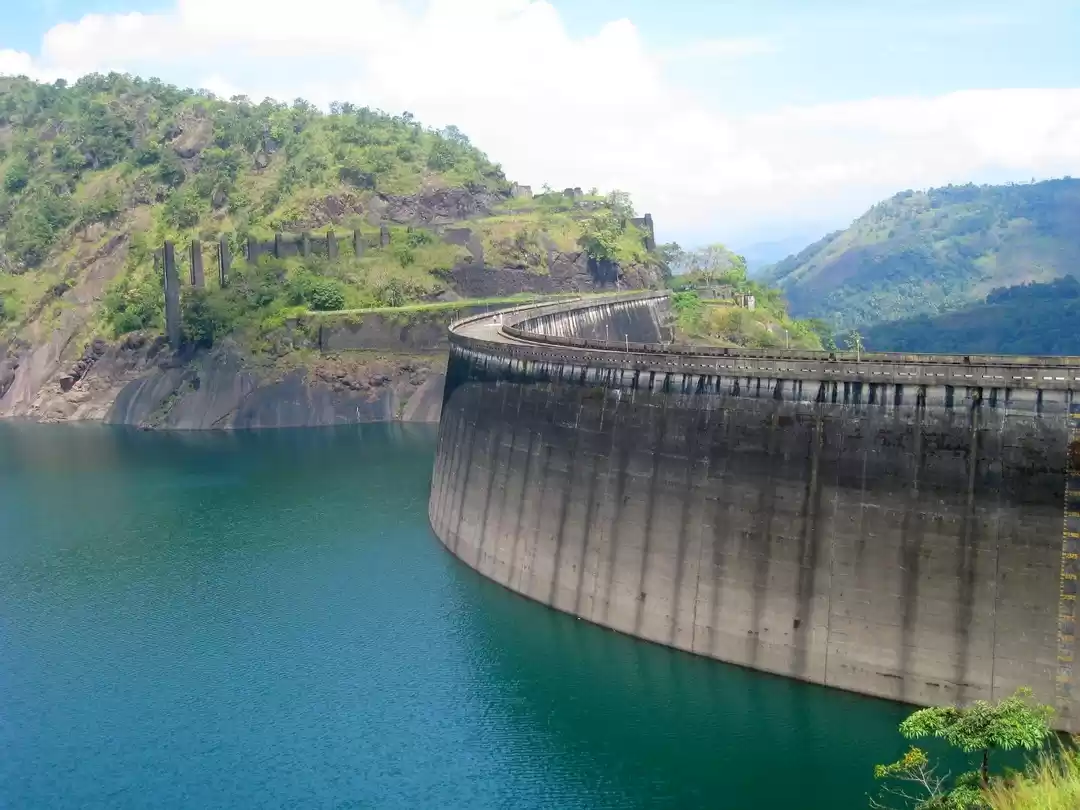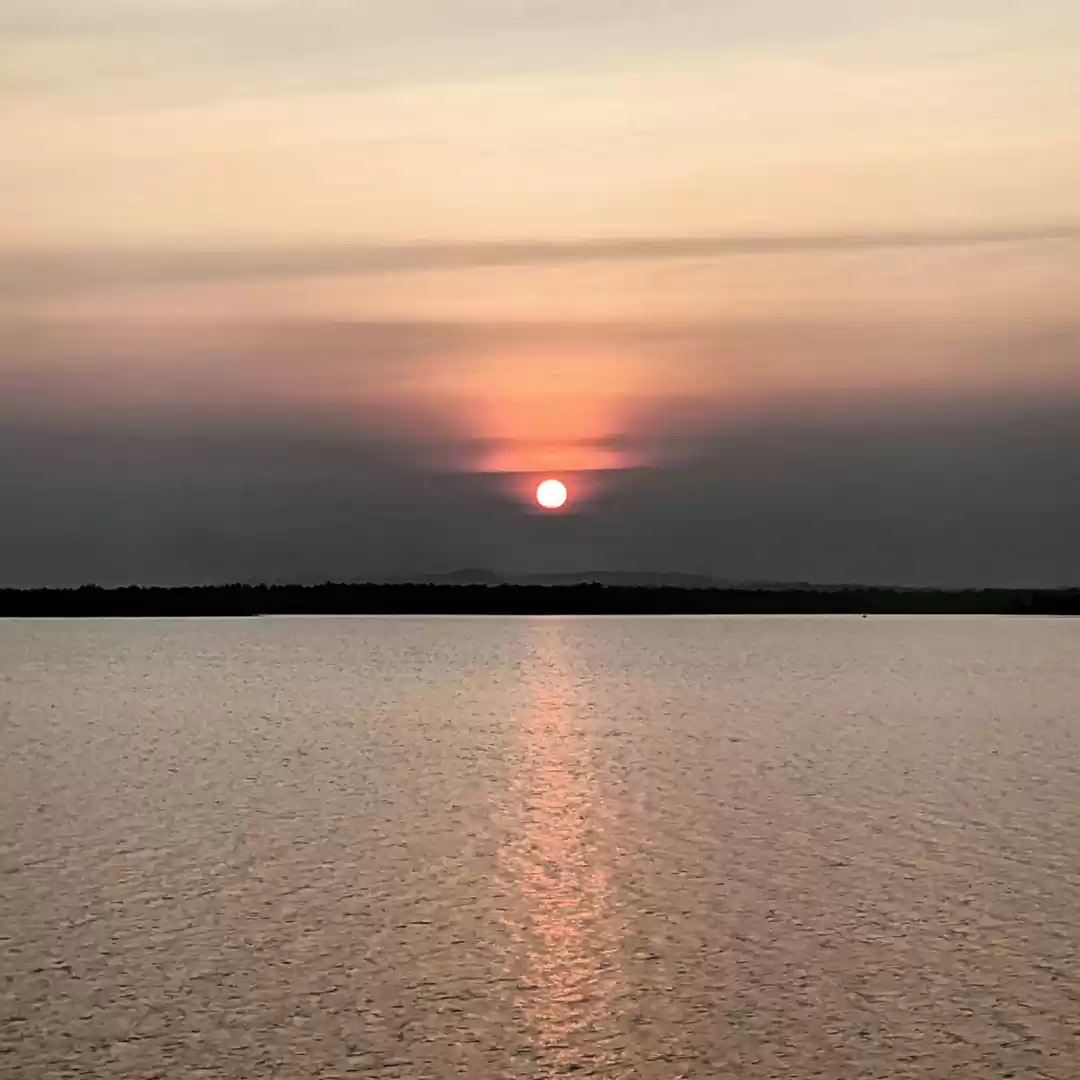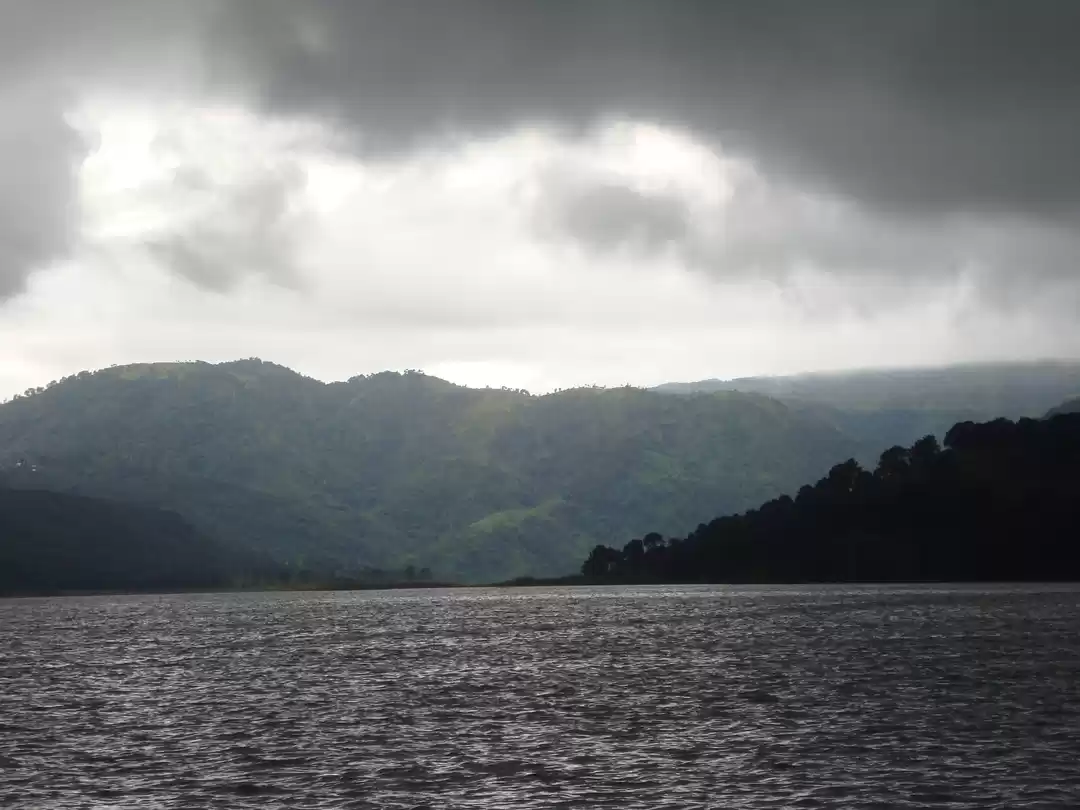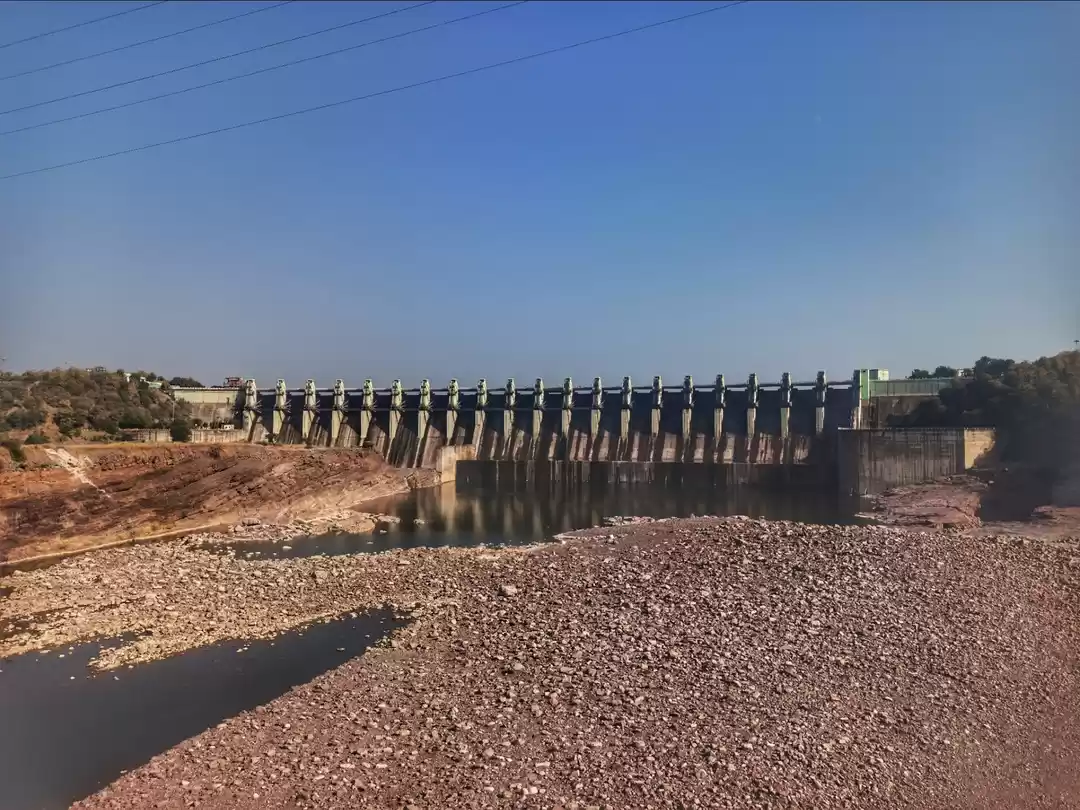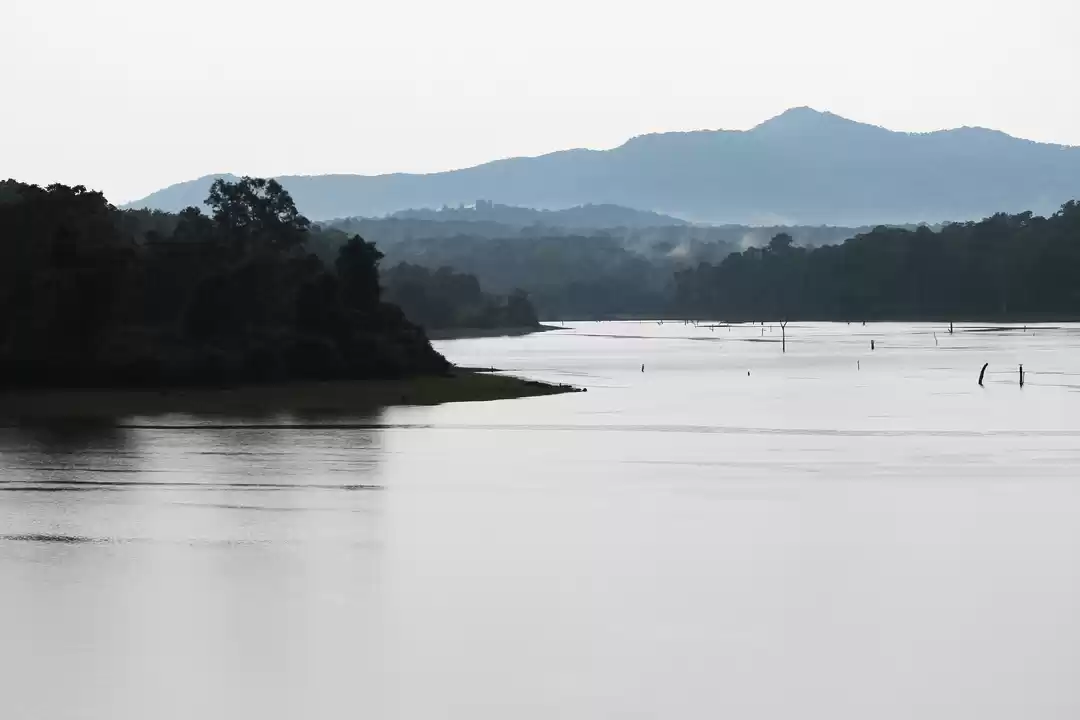If you are looking for a refreshing and relaxing getaway from the hustle and bustle of the city, then Bhushi Dam is the perfect place for you. Located in the scenic hill station of Lonavala, Bhushi Dam is one of the most popular tourist attractions in Maharashtra. It is a man-made dam that offers a spectacular view of the water cascading over the rocky steps. It is also surrounded by lush greenery and hills that create a serene and tranquil atmosphere.

Bhushi Dam is especially famous for its monsoon charm, when the water level rises and creates a natural waterfall. Thousands of tourists flock to Bhushi Dam during the rainy season to enjoy the cool and refreshing water. It is a great place to have fun with your family and friends, as you can splash, swim, or sit on the rocks and feel the water spray on your face.
But Bhushi Dam is not just about water. It is also a gateway to explore other amazing places in Lonavala, such as Tiger’s Leap, Lion’s Point, Kune Falls, Celebrity Wax Museum, and more. You can also find some of the best hotels, resorts, villas, and homestays near Bhushi Dam that offer comfortable and luxurious accommodation. And don’t forget to try some of the delicious local delicacies near Bhushi Dam, such as vada pav, misal pav, corn pakoda, and chikki.
In this article, we will tell you everything you need to know about Bhushi Dam, including its history, features, attractions, timings, entry fees, tips, and more. We will also help you plan your trip to Bhushi Dam from Mumbai and Pune. So read on and get ready to experience the magic of Bhushi Dam.
Bhushi Dam: A Brief History and Overview
Bhushi Dam was built in 1860 by the British government as a part of the Great Indian Peninsular Railway project. The dam was constructed to provide water to the steam engines that ran on the railway line between Mumbai and Pune. The dam was named after Sir Jamsetjee Jeejeebhoy (also known as Sir JJ), who was a prominent Parsi businessman and philanthropist who donated money for the construction of the dam.
The dam is made of stone masonry and has a height of 15 meters and a length of 201 meters. The dam has a capacity of 3.6 million cubic meters of water and covers an area of 1.6 square kilometers. The dam collects water from the Indrayani River and its tributaries and releases it through a series of steps that create a waterfall-like effect.
The dam is located at a distance of 6 kilometers from Lonavala railway station and 2 kilometers from Khandala railway station. It is situated on the old Mumbai-Pune highway (NH4) and is easily accessible by road. The dam is open throughout the year but attracts maximum visitors during the monsoon season (June to September), when it becomes a scenic spot for picnics and outings.
Here is Everything You Need To Know For A Weekend Gateway To Lonavla
Bhushi Dam: A Fun-Filled Experience for All Ages
Bhushi Dam is a place where you can have fun with your family and friends. There are many activities and amenities available at Bhushi Dam that will make your visit enjoyable and memorable.
Water Fun: The main attraction of Bhushi Dam is the water that flows over the steps and creates a natural waterfall. You can splash, swim, or sit on the rocks and enjoy the cool and refreshing water. You can also take some amazing photos and videos of the waterfall and capture its beauty.
Scenic Beauty: Bhushi Dam is surrounded by lush greenery and hills that create a serene and tranquil atmosphere. You can admire the scenic beauty of nature and breathe in the fresh air. You can also spot some birds and animals that live in the nearby forest area.
Food Stalls: Near Bhushi Dam, you can find many food stalls that sell various snacks and beverages. You can try some of the local delicacies such as vada pav, misal pav, corn pakoda, bhel puri, maggi noodles, tea, coffee, etc. You can also buy some chikki (a type of candy made from jaggery and nuts) from Lonavala as a souvenir.
Shopping: Near Bhushi Dam, you can also find some shops that sell various items such as clothes, accessories, handicrafts, souvenirs, etc. You can buy some of these items as a reminder of your trip to Bhushi Dam.
Bhushi Dam: A Gateway to Other Amazing Places in Lonavala
Bhushi Dam is not only a destination in itself but also a gateway to explore other amazing places in Lonavala. Lonavala is a hill station that is famous for its natural beauty, historical sites, adventure activities, and more. You can visit some of the nearby attractions and landmarks that are worth seeing from Bhushi Dam. Some of them are:
Tiger’s Leap: Tiger’s Leap is a cliff that resembles the shape of a leaping tiger. It offers a panoramic view of the valley and the hills. It is also known as Waghdari or Vagdari and is located at a distance of 2 kilometers from Bhushi Dam.
Lion’s Point: Lion’s Point is a viewpoint that offers a stunning view of the sunset and the sunrise. It is also known as Singhagad and is located at a distance of 12 kilometers from Bhushi Dam.
Kune Falls: Kune Falls is a waterfall that falls from a height of 200 meters and forms three tiers. It is one of the highest waterfalls in India and is located at a distance of 7 kilometers from Bhushi Dam.
Celebrity Wax Museum: Celebrity Wax Museum is a museum that displays wax statues of various celebrities such as actors, politicians, sportsmen, etc. It is also known as Sunil’s Celebrity Wax Museum and is located at a distance of 5 kilometers from Bhushi Dam.

How to Reach Bhushi Dam from Mumbai and Pune
Bhushi Dam is easily accessible by road from Mumbai and Pune. You can reach Bhushi Dam by car, bus, or train. Here are some of the ways to reach Bhushi Dam from Mumbai and Pune:
By Car: You can drive to Bhushi Dam by taking the old Mumbai-Pune highway (NH4) and following the signboards. The distance between Mumbai and Bhushi Dam is about 90 kilometers and it takes about 2 hours to reach. The distance between Pune and Bhushi Dam is about 70 kilometers and it takes about 1.5 hours to reach.
By Bus: You can take a bus to Lonavala from Mumbai or Pune and then take an auto-rickshaw or a taxi to Bhushi Dam. The bus fare ranges from Rs. 100 to Rs. 300 depending on the type of bus. The auto-rickshaw or taxi fare ranges from Rs. 50 to Rs. 100 depending on the distance.
By Train: You can take a train to Lonavala from Mumbai or Pune and then take an auto-rickshaw or a taxi to Bhushi Dam. The train fare ranges from Rs. 30 to Rs. 100 depending on the class of travel. The auto-rickshaw or taxi fare ranges from Rs. 50 to Rs. 100 depending on the distance.
Also Read: 23 Best Hill Stations In Maharashtra
Tips and Precautions for Visiting Bhushi Dam
Bhushi Dam is a wonderful place to visit but it also requires some tips and precautions to make your visit safe and enjoyable. Here are some of the tips and precautions for visiting Bhushi Dam:
Timings: The best time to visit Bhushi Dam is during the monsoon season (June to September), when the water level rises and creates a waterfall. The dam is open from 9 am to 6 pm every day.
Entry Fees: There is no entry fee for visiting Bhushi Dam but you may have to pay for parking your vehicle near the dam.
Clothes: Wear comfortable clothes that can get wet and dry easily. Avoid wearing heavy or expensive clothes or accessories that may get damaged by water or mud.
Footwear: Wear sturdy footwear that can grip the slippery rocks and steps. Avoid wearing sandals, slippers, or heels that may cause injuries or accidents.
Safety: Follow the safety instructions given by the authorities and do not venture into restricted areas or deep water. Do not swim or dive into the water without proper supervision or equipment. Do not litter or pollute the water or the surroundings.
Health: Carry some basic medicines and first aid kit in case of any emergency or illness. Drink plenty of water and stay hydrated. Avoid eating too much or drinking alcohol before visiting the dam.
Conclusion
Bhushi Dam is a must-visit place for anyone who loves nature, water, and adventure. It is a place where you can have fun with your family and friends, as well as explore other amazing places in Lonavala. It is a place where you can create some unforgettable memories and experiences.
We hope you enjoyed reading this article and found it useful and informative. If you have any feedback, questions.

























